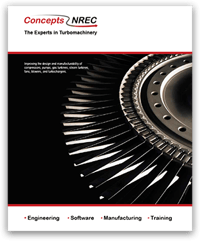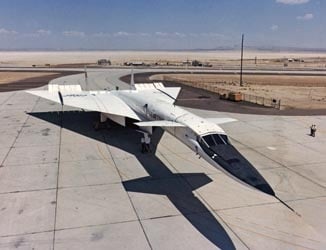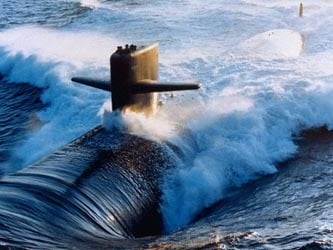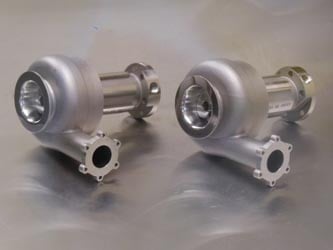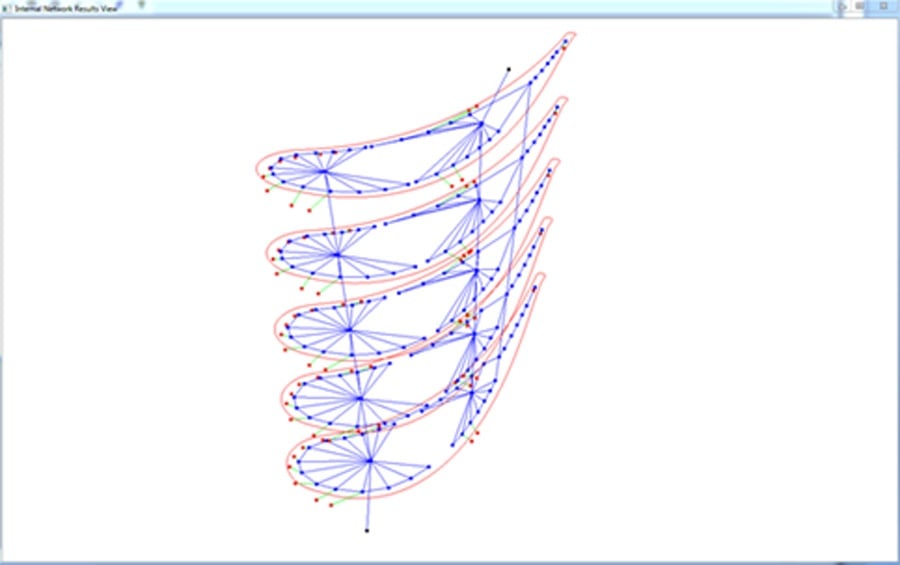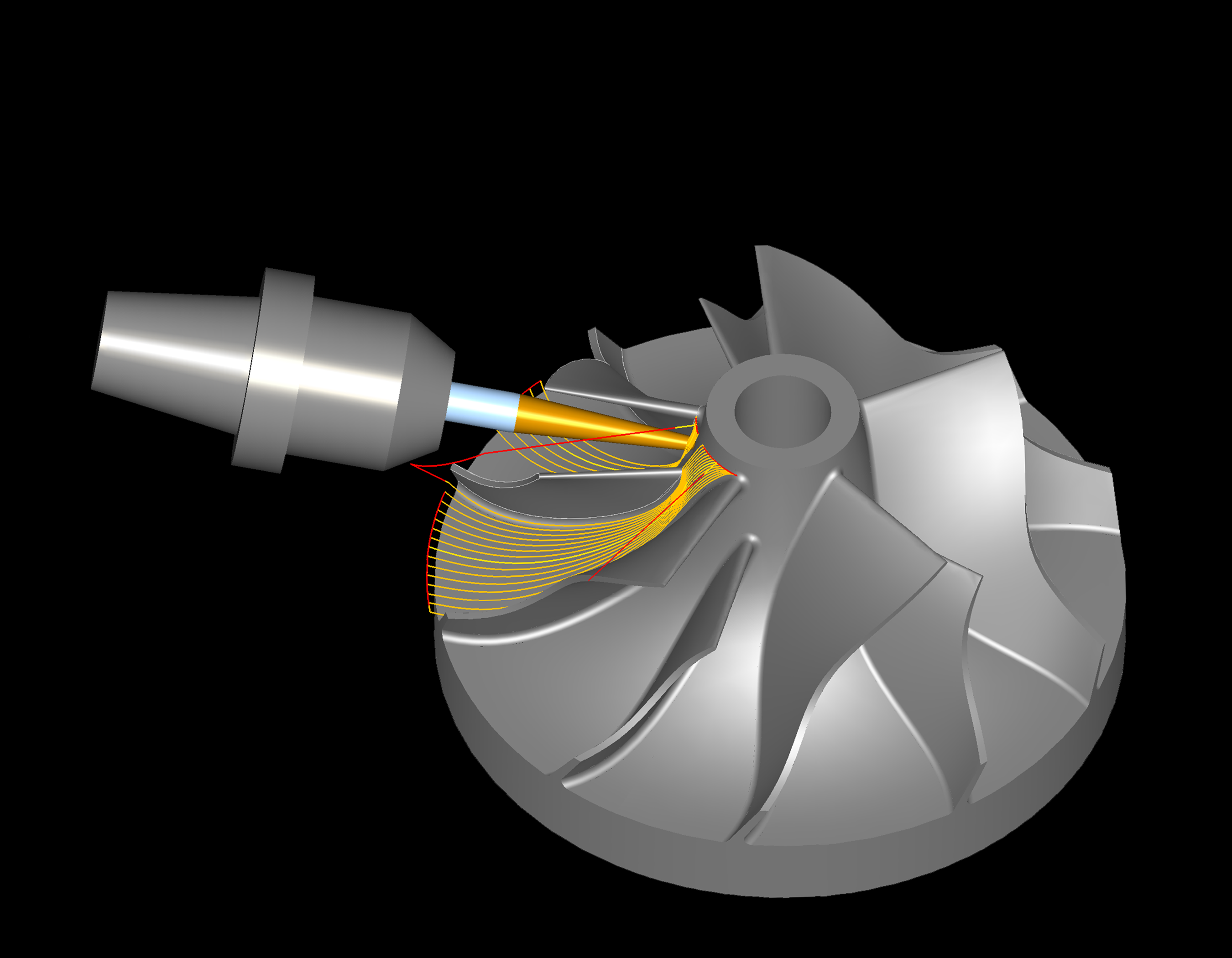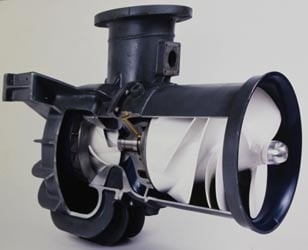Milestones
A Long History of Breakthrough Innovations
For nearly seventy years, Concepts NREC has consistently provided customers worldwide with engineering innovations that have resulted in performance breakthroughs, manufacturing efficiencies, and other competitive advantages.
Corporate Timeline
- 1956 Northern Research and Engineering Corporation (NREC) is incorporated in Cambridge, MA. Its charter: to engage in the business of scientific research and engineering in all fields of endeavor.
- 1978 NREC becomes a wholly owned subsidiary of Ingersoll Rand.
- 1980 Concepts ETI is founded by Dr. David Japikse, eventually locating in Norwich, Vermont, with an initial focus on Education and Technology for Industry.
- 1994 Concepts ETI, Inc. moves to Wilder, Vermont.
- 2000 Concepts ETI acquires certain NREC assets from Ingersoll Rand, including their manufacturing and software businesses. In recognition of common expertise, combined assets, and history, the new organization is called Concepts NREC and headquartered in White River Junction, Vermont.
- 2012 The manufacturing division of Concepts NREC relocates from Woburn, MA, to White River Junction, VT, while CAM software, marketing, and various engineering staff are relocated to Chelmsford, MA.
- 2015 Concepts NREC forms CN Holdings and Concepts NREC, LLC.
- 2016 Concepts NREC China is formed in Shanghai.
- 2019 Concepts NREC GmbH is established in Frankfurt.
- 2020 Concepts NEC consolidates Chelmsford, MA operations to White River Junction, VT headquarters.
- 2023 Dr. David Japikse retires as CEO, succeeded by Sean McDermott. Dr. Japikse remains Chairman of the Board and contributor.
- 2024 Concepts NREC acquires Rotor Bearing and Technology Software, Inc. (RBTS) bringing 56 years of specialized rotordynamics and bearings software and engineering expertise.

Concepts NREC maintains a robust in-house research and development program. We hold over 70 patents worldwide, with numerous patents pending. We push past what has been done to explore what can be done.
Concepts NREC is ISO 9001:2015 and AS9100:2016 certified and committed to providing our customers with products and services that meet international quality standards. Concepts NREC is also the leader of the global Advanced Centrifugal Pump and Compressor Consortium for Diffuser and Volute Design, an internationally sponsored research venture dedicated to advancing diffuser and volute design.
At Concepts NREC, we have the vision to create great designs, and a hard-earned reputation for delivering them.
Applied Research Program
Concepts NREC regularly conducts industry-sponsored consortia and internally funded projects that continue to expand our extensive knowledge and applied technology expertise.
Sponsors of Concepts NREC international consortia programs include equipment users, equipment manufacturers, government agencies, and independent research organizations. These collaborative, applied investigations generate important technical information and data on turbomachinery performance and reliability. Results are distributed exclusively to sponsors so they can improve product designs and resolve operational problems.
For over twenty years, consortium sponsors have received benefits that:
Capabilities
Concepts NREC’s manufacturing capabilities extend far beyond simply cutting metal. Our highly skilled machinists are backed by experienced design engineers with diverse technical backgrounds and software engineers who have produced industry-leading CAE and CAM programs. This broad expertise enables us to suggest more efficient manufacturing methods, materials, processes, and designs that meet customer needs while lowering their production costs.
1950s
- Designed and built a miniature high-speed pump for the Instrumentation Lab at MIT to be used on guidance systems for missiles and spacecraft.
- Helped develop environmental cooling and heating control systems for the F-108 fighter and the B-70 bomber.
- Performed a major study for the U.S. Navy to compare air-cycle, vapor-cycle, and absorption cooling systems for Polaris-class submarines.
1960s
- Conducted a series of jointly sponsored programs whose output spawned licensed software for all component design in gas-turbine engines, including compressors, turbines, and pumps, both radial and axial.
- Rerated a booster compressor for a nitrogen plant and delivered the largest cast impeller up to that point in time. Twenty years later, the machine was still operating flawlessly.
- Developed compact heat-exchanger software for the Apollo space program and, subsequently, for the space shuttle.
- Helped the Air Force solve combustion instability problems associated with their newest aircraft engines.
1970s
- Continued industry-leading work in reducing aircraft engine emissions for the fledgling EPA.
- Helped the FAA monitor the emissions of installed engines in the nation’s airline fleets.
- Developed a portable high-lift pump system for the Coast Guard to fight fires in deep-water harbors and at sea.
- Designed the first air dynamometer capable of testing the power output of a wide spectrum of turboshaft engines.
- Developed one of the world’s first microturbines.
1980s
- CETI and NREC combined efforts and expertise in 1982 to present a week long seminar on design advances in turbomachinery held at a Digital Equipment facility in the Olympic Stadium in Munich, Germany.
- Won our first Small Business Innovation Research (SBIR) grant to develop compact aeroengine diffusers, a technology now in use by a variety of small gas-turbine designs.
- Established an industrial consortium to determine detailed flow field characteristics in radial and axial compressors and radial turbines.
- Conducted a five-part consortium series on Compressor Diffuser Design and Performance, resulting in patented technology that has been widely dispersed throughout the compressor design world.
- Introduced a number of major innovations to design software, including the first blade design system based solely on Bezier polynomials, the first turbomachinery design system based fully on real fluid properties, and the TEIS (Two- Elements-In-Series) model for performance of compressors and pumps. These innovations have now been in use for more than twenty years.
- Developed MAX-5™, the first specialized turbomachinery CAM software to flank mill ruled-surface blading and MAX-AB, for point milling impellers and blisks with arbitrary blading. Subsequently, MAX-AB received “best-in-class” recognition from General Electric.
- Created a ducted fan for McDonnell Douglas that must operate at high efficiency over a wide operating range for a new concept helicopter that operated with NO TAil Rotor (NOTAR).
1990s
- Delivered a large order of VAROC® Air Dynamometers to both the U.S. Navy and the U.S. Army.
- Combined our individual turbomachinery codes into the first release of the Agile Engineering Design System®.
- Established a magnetic bearing test cell, leading to breakthroughs in seal development and other areas of rotating systems.
- Supported NASA Marshall Space Flight Center, U.S. Air Force Research Laboratory, as well as the National Science Foundation, through a series of Phase I and Phase II SBIRs on rocket turbopump inducers.
- Developed the first version of the Agile suite of codes for application to axial turbomachinery.
- Recognized by ASME with the 1992 Potter Gold Medal for eminent achievement in the science of thermodynamics.
- Developed an aircraft-engine-driven centrifugal compressor (EDC) to provide cooling for the abundant on-board electronics of a submarine reconnaissance plane for Japan. The company manufactured them for over a decade assigning the rights to the technology.
- Developed an advanced torpedo ejection pump for the Seawolf submarine program, as well as newer submarines.
- Designed a unique fish-friendly hydroelectric turbine that allowed the U.S. Department of the Interior to meet both ecological and hydropower demands.
- Quiet fans, artificial heart pumps, and high-efficiency rerated compressors are among the other projects undertaken during this decade.
2000s
- Released the first commercial software to model cooled turbine blading, Cooled Turbine Airfoil Agile Design System (CTAADS™).
- In further advancements of Agile software, Concepts NREC developed more accurate methodologies for steam-turbine as well as aeroengine applications. Concepts NREC software engineers also developed various knowledge-based design systems, including a system exclusively for rocket turbopumps.
- Developed new turbochargers, including a two-spool system and various advanced components to help increase the fuel efficiency of cars and trucks.
- Concepts NREC was awarded several patents on compressor and pump bleed and stability.
- As a contribution to the search for alternative energy sources, the company designed the first robust hydrokinetic turbine.
- Developed an advanced-generation air-cycle refrigeration system.
- Among the highest honors accorded to engineers and in recognition of the company’s achievements, Dr. David Japikse received the 2008 SAE Cliff Garrett Turbomachinery and Applications Engineering Award and was recognized as “a distinguished authority in the engineering of turbomachinery for on-highway, off-highway, aircraft, and spacecraft uses.”
- Recognized at the 2009 ASME IGTI Meeting with the “Best Technical Paper” award.
2010s
- Designed and manufactured a rocket pump for a space launch. The pump was manufactured using advanced additive manufacturing (3D printing) techniques for lower costs and fast development and delivery.
- Worked with a Formula One race team on an advanced turbocharger to give them a winning edge over their competition. We are a recognized expert in the turbocharger field and have worked with almost all of the major automotive OEMs to improve the efficiency and performance of their turbochargers.
- Leveraged our 35+ years of experience designing, building and testing organic Rankine Cycle (ORC) systems to provide turbine generators for heat recovery power applications. These applications include solar thermal, geothermal, ocean thermal energy conversion (OTEC) and waste heat from engines and industrial processes.
- Worked on an Oscillating Water Column (OWC) to capture and convert ocean-wave energy into compressed air to drive an air-turbine generator. This floating platform was tethered to the bottom of the sea converting rising and falling wave action into electricity.
- As of 2019, Concepts NREC holds over 43 patents with more than 31 patents pending.
2020s
- Dr. David Japikse, Founder, longtime Chief Executive Officer, and Chairman of the Board of Directors announces his retirement from the Chief Executive Officer role effective December 31, 2022. Dr. Japikse remains Chairman of the Board and continues to contribute his technical expertise to the company. Current Chief Operating Officer Sean McDermott succeeds Japikse as Chief Executive Officer as of January 1, 2023.
- Designed, engineered, manufactured, assembled, and tested a key subsystem for the main engine for the Stage 1 ULA Vulcan Centaur rocket. Successful maiden launch January 2024. The main engine cut-off and Stage 2 separation were also successful with Stage 2 rocket cruising into place to release the Astrobotic Lunar Lander at the exact location and orbit it needs to reach the moon.
- Acquires RBTS, Inc., a company renowned for its expertise in rotordynamics engineering and software solutions. This strategic move reinforces Concepts NREC's leadership and position as the most comprehensive turbomachinery solutions provider in the world today. January 2024
- Consecutively named one of the Best Places to Work in Vermont 2023, 2024, 2025
- As of 2025, Concepts NREC holds over 54 patents with more than 25 patents pending.
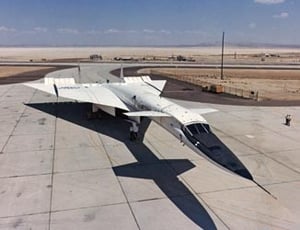
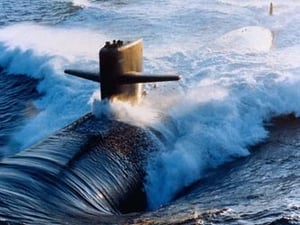
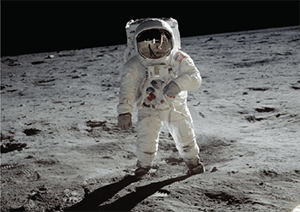
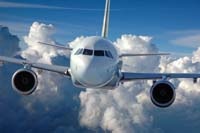
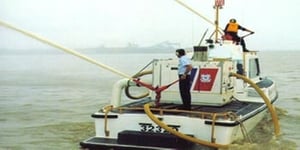
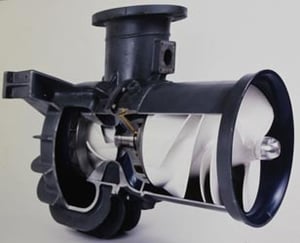
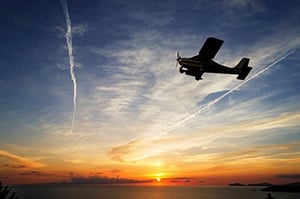
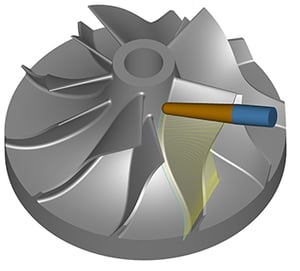
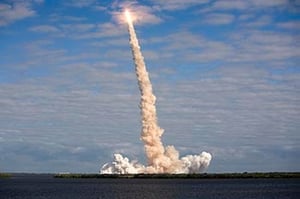







Software Partners
The process of designing and manufacturing turbomachinery is extremely complex. Concepts NREC partners with other world-class software providers whose offerings complement our Agile Engineering Design System®. Click on their names to explore all they have to offer.
A clear and bold header
1950s
- Designed and built a miniature high-speed pump for the Instrumentation Lab at MIT to be used on guidance systems for missiles and spacecraft.
- Helped develop environmental cooling and heating control systems for the F-108 fighter and the B-70 bomber.
- Performed a major study for the U.S. Navy to compare air-cycle, vapor-cycle, and absorption cooling systems for Polaris-class submarines.
1960s
- Conducted a series of jointly sponsored programs whose output spawned licensed software for all component design in gas-turbine engines, including compressors, turbines, and pumps, both radial and axial.
- Rerated a booster compressor for a nitrogen plant and delivered the largest cast impeller up to that point in time. Twenty years later, the machine was still operating flawlessly.
- Developed compact heat-exchanger software for the Apollo space program and, subsequently, for the space shuttle.
- Helped the Air Force solve combustion instability problems associated with their newest aircraft engines.
1970s
- Continued industry-leading work in reducing aircraft engine emissions for the fledgling EPA.
- Helped the FAA monitor the emissions of installed engines in the nation’s airline fleets.
- Developed a portable high-lift pump system for the Coast Guard to fight fires in deep-water harbors and at sea.
- Designed the first air dynamometer capable of testing the power output of a wide spectrum of turboshaft engines.
- Developed one of the world’s first microturbines.
1980s
- CETI and NREC combined efforts and expertise in 1982 to present a week long seminar on design advances in turbomachinery held at a Digital Equipment facility in the Olympic Stadium in Munich, Germany.
- Won our first Small Business Innovation Research (SBIR) grant to develop compact aeroengine diffusers, a technology now in use by a variety of small gas-turbine designs.
- Established an industrial consortium to determine detailed flow field characteristics in radial and axial compressors and radial turbines.
- Conducted a five-part consortium series on Compressor Diffuser Design and Performance, resulting in patented technology that has been widely dispersed throughout the compressor design world.
- Introduced a number of major innovations to design software, including the first blade design system based solely on Bezier polynomials, the first turbomachinery design system based fully on real fluid properties, and the TEIS (Two- Elements-In-Series) model for performance of compressors and pumps. These innovations have now been in use for more than twenty years.
- Developed MAX-5™, the first specialized turbomachinery CAM software to flank mill ruled-surface blading and MAX-AB, for point milling impellers and blisks with arbitrary blading. Subsequently, MAX-AB received “best-in-class” recognition from General Electric.
- Created a ducted fan for McDonnell Douglas that must operate at high efficiency over a wide operating range for a new concept helicopter that operated with NO TAil Rotor (NOTAR).
1990s
- Delivered a large order of VAROC® Air Dynamometers to both the U.S. Navy and the U.S. Army.
- Combined our individual turbomachinery codes into the first release of the Agile Engineering Design System®.
- Established a magnetic bearing test cell, leading to breakthroughs in seal development and other areas of rotating systems.
- Supported NASA Marshall Space Flight Center, U.S. Air Force Research Laboratory, as well as the National Science Foundation, through a series of Phase I and Phase II SBIRs on rocket turbopump inducers.
- Developed the first version of the Agile suite of codes for application to axial turbomachinery.
- Recognized by ASME with the 1992 Potter Gold Medal for eminent achievement in the science of thermodynamics.
- Developed an aircraft-engine-driven centrifugal compressor (EDC) to provide cooling for the abundant on-board electronics of a submarine reconnaissance plane for Japan. The company manufactured them for over a decade assigning the rights to the technology.
- Developed an advanced torpedo ejection pump for the Seawolf submarine program, as well as newer submarines.
- Designed a unique fish-friendly hydroelectric turbine that allowed the U.S. Department of the Interior to meet both ecological and hydropower demands.
- Quiet fans, artificial heart pumps, and high-efficiency rerated compressors are among the other projects undertaken during this decade.
2000s
- Released the first commercial software to model cooled turbine blading, Cooled Turbine Airfoil Agile Design System (CTAADS™).
- In further advancements of Agile software, Concepts NREC developed more accurate methodologies for steam-turbine as well as aeroengine applications. Concepts NREC software engineers also developed various knowledge-based design systems, including a system exclusively for rocket turbopumps.
- Developed new turbochargers, including a two-spool system and various advanced components to help increase the fuel efficiency of cars and trucks.
- Concepts NREC was awarded several patents on compressor and pump bleed and stability.
- As a contribution to the search for alternative energy sources, the company designed the first robust hydrokinetic turbine.
- Developed an advanced-generation air-cycle refrigeration system.
- Among the highest honors accorded to engineers and in recognition of the company’s achievements, Dr. David Japikse received the 2008 SAE Cliff Garrett Turbomachinery and Applications Engineering Award and was recognized as “a distinguished authority in the engineering of turbomachinery for on-highway, off-highway, aircraft, and spacecraft uses.”
- Recognized at the 2009 ASME IGTI Meeting with the “Best Technical Paper” award.
2010s
- Designed and manufactured a rocket pump for a space launch. The pump was manufactured using advanced additive manufacturing (3D printing) techniques for lower costs and fast development and delivery.
- Worked with a Formula One race team on an advanced turbocharger to give them a winning edge over their competition. We are a recognized expert in the turbocharger field and have worked with almost all of the major automotive OEMs to improve the efficiency and performance of their turbochargers.
- Leveraged our 35+ years of experience designing, building and testing organic Rankine Cycle (ORC) systems to provide turbine generators for heat recovery power applications. These applications include solar thermal, geothermal, ocean thermal energy conversion (OTEC) and waste heat from engines and industrial processes.
- Worked on an Oscillating Water Column (OWC) to capture and convert ocean-wave energy into compressed air to drive an air-turbine generator. This floating platform was tethered to the bottom of the sea converting rising and falling wave action into electricity.
- As of 2019, Concepts NREC holds over 43 patents with more than 31 patents pending.
Trust the Experts in Turbomachinery
For over 60 years, we have helped leading global OEMs to improve the performance and manufacturability of their turbomachines.
This is a video of Concepts NREC's optional 3+2 Roughing Module that enables roughing out of impellers using 3-axis algorithms, keeping a constant tool vector. This strategy optimizes the toolpath to provide constant cutting load, making it suitable for high speed machining. This is extremely helpful for large (>0.5 m) diameter impellers and/or hard materials where roughing using the 5-axis strategies is less efficient.
Below is a video of Concepts NREC's optional 3+2 Roughing Module that enables roughing out of impellers using 3-axis algorithms, keeping a constant tool vector. This strategy optimizes the toolpath to provide constant cutting load, making it suitable for high speed machining. This is extremely helpful for large (>0.5 m) diameter impellers and/or hard materials where roughing using the 5-axis strategies is less efficient
Below is a video of Concepts NREC's optional 3+2 Roughing Module that enables roughing out of impellers using 3-axis algorithms, keeping a constant tool vector. This strategy optimizes the toolpath to provide constant cutting load, making it suitable for high speed machining. This is extremely helpful for large (>0.5 m) diameter impellers and/or hard materials where roughing using the 5-axis strategies is less efficient.
Below is a video of Concepts NREC's optional 3+2 Roughing Module that enables roughing out of impellers using 3-axis algorithms, keeping a constant tool vector. This strategy optimizes the toolpath to provide constant cutting load, making it suitable for high speed machining. This is extremely helpful for large (>0.5 m) diameter impellers and/or hard materials where roughing using the 5-axis strategies is less efficient.
Here are some quotes from our Customer Satisfaction Survey sent out after every job:
- "Customer service is really good - they answer questions and concerns in a timely manner."
- "High performance from quote to delivery"
- "Concepts' decision to stock material that is qualified to our specifications is a great competitive advantage. Their willingness to provide technical / commercial informational support makes them my "go-to" supplier for milled impellers."
Agile Products Support (APS)
APS is Concepts NREC’s software maintenance and support program that elevates us from just a software provider to a valued partner.
An APS subscription is included with all annual licenses and is a highly-recommended option for perpetual software licenses. Every software customer is supported for one month following purchase for any installation questions that may arise. Learn more on the Agile Products Support Membership Benefits Datasheet.
- Free software updates
- One business day response times
- Expert technical assistance
- Major discounts on software workshops
- Discounted professional development course
- Annual balloting system for development planning
- Annual Meetings
Corporate Brochure
Improving the design and manufacturability of
compressors, pumps, gas turbines, steam turbines, fans, blowers, and turbochargers.
